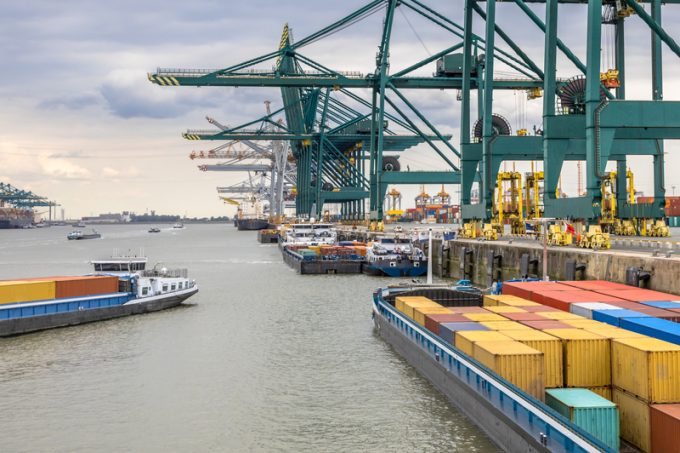OceanX: Whither TradeLens and the digitisation challenge? China's Covid conundrum
Disquieting digi-questions to digest…

As the retail industry across Europe and North America begins to effectively shut down as governments enforce widespread social lockdown, there are increasing warnings that the container shipping industry is set to see some of the largest declines in volumes in living memory.
According to liner analyst SeaIntelligence Consulting, the possibility of a 10% decline in global container shipments – which would equate to 17m teu carried by the world’s box shipping fleet and some 80 teu handled in global container ...
Volcanic disruption at Anchorage could hit transpacific airfreight operations
Macron calls for ‘suspension’ – CMA CGM's $20bn US investment in doubt
De minimis exemption on shipments from China to the US will end in May
Forwarders stay cool as US 'liberation day' tariffs threaten 'global trade war'
Trump tariffs see hundreds of cancelled container bookings a day from Asia
Mixed response in US to 'Liberation Day', while China leads wave of retaliation
Tariffs and de minimis set air freight rates on a volatile course

Comment on this article
Andreas Koût
March 23, 2020 at 3:30 pmHello.
These forecasts for global ocean volumes in 2020 are still to high for me and my team,we are envisaging a drop of 30 to 40% of 80 Mio Teu´s to 48 -56 Mio Teu´s.
Well, why
redundancies in most western economies will heavily challenge the confidence in
consuming and buying of
cars,electronic articles, high-tech etc.
+
Production lines in various industry verticals have to be rebuilded from almost a zero.
This will take and need time so being very positive in terms of avilable oceanfreight volumes (but not on airfreight) we will not see the 2019 figures
prior than 2.half of 2021.
best
A.Kout
Team Akclimited
Team Akclimited
consumers conifdence has to be rebuilded and consumers have to spend money
redundanices on a global scale will have